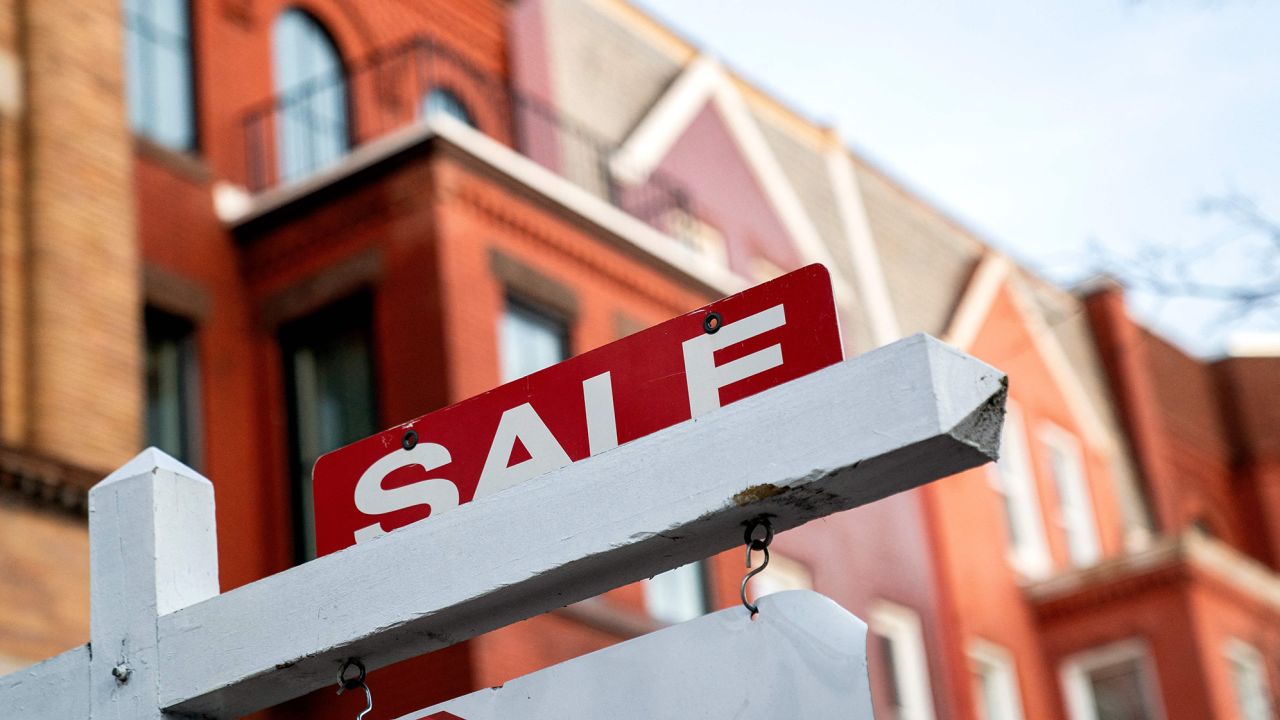Mortgage rates fell slightly this week, as a smaller rate hike by the Federal Reserve signaled promising improvement on inflation.
The 30-year fixed-rate mortgage averaged 6.09% in the week ending February 2, down from 6.13% the week before, according to data from Freddie Mac released Thursday. A year ago, the 30-year fixed-rate was 3.55%.
After climbing for most of 2022, spurred by the Fed’s harsh interest rate hikes to tame soaring inflation, mortgage rates have been trending downward since November, alongside data that continues to show inflation may have peaked.
Mortgage rates have not been this low since September and are now nearly a full point below last year’s peak of 7.08%, last reached in early November.
“This one percentage point reduction in rates can allow as many as three million more mortgage-ready consumers to qualify and afford a $400,000 loan, which is the median home price,” said Sam Khater, Freddie Mac’s chief economist.
The Fed approved a quarter-point interest rate hike on Wednesday, the smallest since March. The move to slow the pace of increases sends a clear signal that the central bank is seeing progress in its battle with inflation.
While the Fed does not set the interest rates that borrowers pay on mortgages directly, its actions influence them. Mortgage rates tend to track the yield on 10-year US Treasury bonds, which move based on a combination of anticipation about the Fed’s actions, what the Fed actually does and investors’ reactions. When Treasury yields go up, so do mortgage rates; when they go down, mortgage rates tend to follow.
As inflation pressures ease, mortgage originators have followed suit, lowering the cost of borrowing, said George Ratiu, Realtor.com’s manager of economic research.
The effect of the Fed’s actions are keeping a floor under mortgage rates for the short term, he said, adding that he expects rates to stay around 6% for the next few weeks.
“The Federal Reserve controls short-term rates, but long-term rates, including 30-year mortgage rates, are a function of market expectations for the path of the economy,” said Mike Fratantoni, senior vice president and chief economist at the Mortgage Bankers Association. “And investors are betting that the economic slowdown and the Fed’s eventual victory over inflation will result in lower rates over time.”
The MBA is forecasting a modest drop in mortgage rates through 2023, ending closer to 5%.
Other economic data play a role in how mortgage rates move, including reports on jobs and inflation.
“Most recent indicators point to a still-resilient economy,” said Ratiu. The labor market remains tight despite the Fed’s efforts to cool the economy: Wednesday’s Job Openings and Labor Turnover Survey, or JOLTS, showed there were 11 million job openings in December, the highest since July.
Housing economists and those in the mortgage market are looking to the next report on inflation, set to be released February 14, to see if the pace of price hikes continues to slow.
Even with lower rates in recent weeks, mortgage applications dropped 9% last week from the week before, according to MBA.
“Overall application activity declined last week, despite lower rates, which is an indication of the still volatile time of the year for housing activity,” said Joel Kan, MBA’s vice president and deputy chief economist. “Purchase activity is expected to pick up as the spring homebuying season gets underway, bolstered by lower rates and moderating home-price growth. Both trends will help some buyers regain purchasing power.”
For housing markets, lower rates have eased the financial burden on homebuyers, Ratiu said.
January’s housing market data showed a growing number of homes for sale, properties lingering longer on the market, and prices down 11% from their 2022 peak, according to Realtor.com.
“For today’s buyer of a median-priced home, the down payment amount is lower than it would have been last summer,” said Ratiu. “While that is positive news, affordability remains a primary challenge, especially for first-time buyers.”
The average mortgage rate is based on mortgage applications that Freddie Mac receives from thousands of lenders across the country. The survey includes only borrowers who put 20% down and have excellent credit. Many buyers who put down less money upfront or have less than ideal credit will pay more than the average rate.









